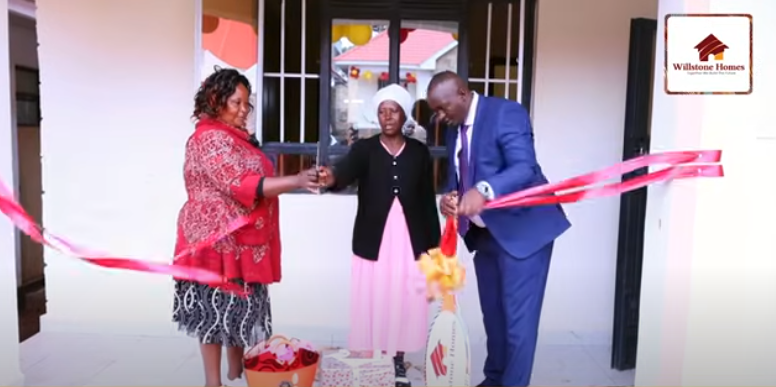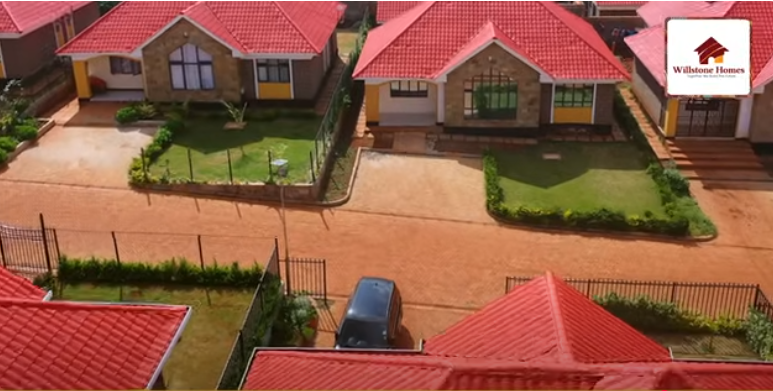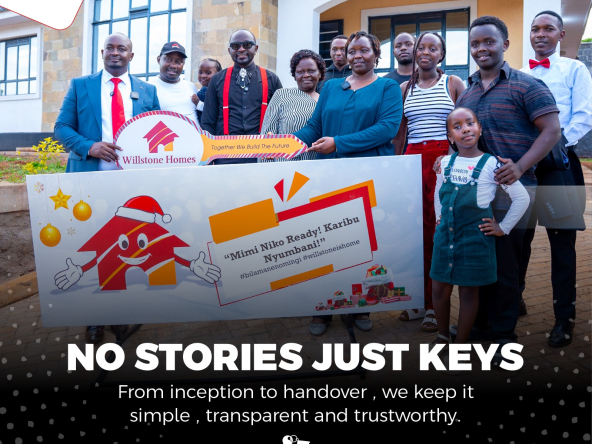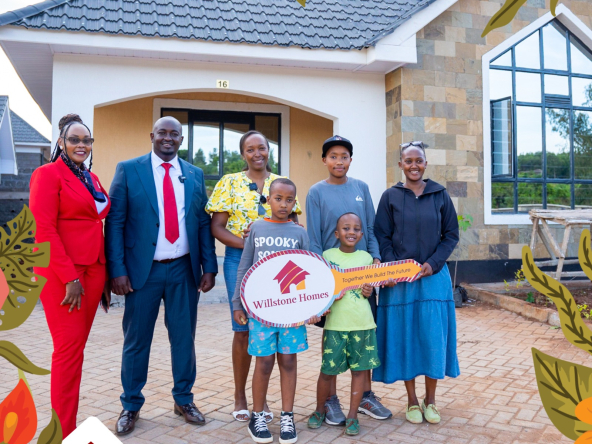Nairobi is densifying fast — highrises are reshaping Kilimani, Westlands and Kileleshwa while the metropolitan fringe keeps sprawling. The expansion answers a land-scarcity problem, but it raises a central question: are infrastructure, green space and traffic planning keeping pace with vertical growth — or are we building tall at the expense of livability? This piece examines the challenges, points to practical lessons from other cities, and outlines what Nairobi must do to make density work.
Where Nairobi stands today
Nairobi’s construction and infrastructure activity is intense: dozens of road and rehab projects are underway across the Nairobi Metropolitan Area, yet basic coverage gaps persist (water coverage has lagged and road rehabilitation remains ongoing). Nairobi also suffers heavy congestion — past county reports estimate traffic costs the economy billions annually — which is magnified as more people and buildings crowd suburbs and corridors.
In the hot central suburbs (Kilimani/Westlands), the developer interest makes sense: existing utilities and proximity to jobs concentrate demand and justify highrises. But that concentration amplifies pressure on sewers, water supply, and roads unless public infrastructure is expanded in tandem. Local reporting and market analyses show the very suburbs getting the densest development are also the ones where infrastructure capacity points are already stressed.
The three core tension points
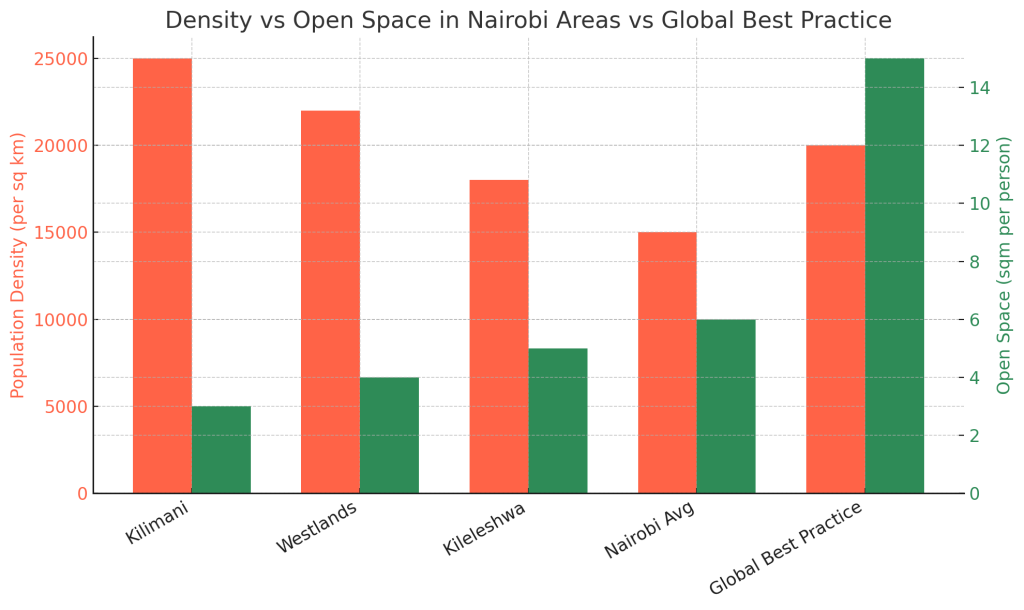
- Transport and mobility — Density must be matched with public transport and safe, people-friendly streets. Without it, tall neighbourhoods become gridlocked. Nairobi’s ongoing road projects help but are not a substitute for rapid, mass transit and better local street design.
- Public open space & green infrastructure — High density needn’t mean gray concrete. But unless the city mandates and enforces green ratios (parks, tree canopy, pocket parks) developers will trade public amenity for buildable area.
- Service capacity (water, sewer, drainage) — Taller buildings mean higher concentrated demand; poor drainage also worsens flood risk across adjoining communities.
What successful cities teach us — practical, applicable lessons
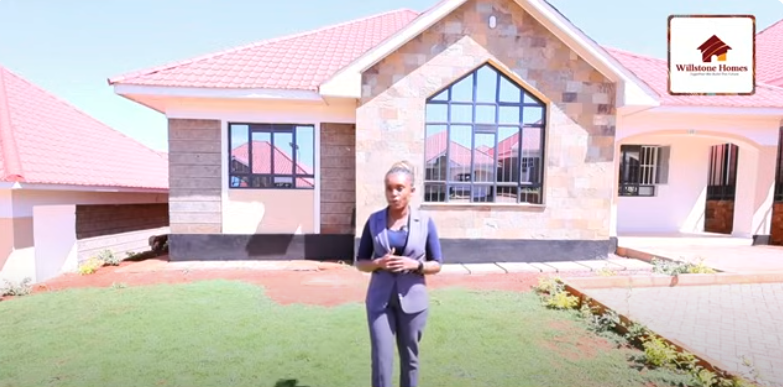
Singapore: Plan density, then deliver the systems
Singapore demonstrates that high density is sustainable when it’s part of an integrated plan: robust mass transit, strict land-use planning, and green infrastructure that’s implemented deliberately (roof-gardens, pocket parks, and integrated pedestrian links). The key is not to treat density as a developer problem but as a city-led strategy where transport, utilities and open spaces are planned together.
Actionable for Nairobi: Pair upzoning (allowing taller buildings) with binding developer contributions for transport upgrades, tree canopy targets, and guaranteed open-space set asides.
Barcelona: Reclaim streets for people (the Superblock idea)
Barcelona’s “superblocks” restrict through traffic on small neighbourhood grids, turning street space into plazas, play areas and green strips — improving air quality and social life even in dense neighbourhoods. This shows traffic calming + reallocating road space can unlock local liveability without reversing density.
Actionable for Nairobi: Pilot superblock-style traffic calming in dense residential pockets (e.g., Kilimani side streets) to create safe walking/cycling space and slow car traffic.
Curitiba & Bogotá: Make public transport the backbone
Curitiba’s and Bogotá’s BRT innovations show how reliable, frequent bus systems can carry dense populations affordably — aligning corridors of high density with strong transit reduces car dependency and helps contain congestion. Nairobi’s investment decisions must prioritize rapid bus corridors, feeder services and improved last-mile connections.
Actionable for Nairobi: Concentrate taller, mixed-use development along BRT/light-rail corridors and require developers near these corridors to contribute to transit-oriented infrastructure (station access, cycling lanes).
Vancouver: Design for families and social life in dense areas
Vancouver’s model shows density can be family-friendly when unit design, street life, and local services (schools, play spaces) are intentionally provided. The problem isn’t density per se — it’s design that ignores family needs.
Actionable for Nairobi: Set minimum standards for family-oriented units, require child-friendly public spaces, and incentivize mixed-use developments with ground-floor services.
Read Also: Owning a Home in Nairobi Kenya with Willstone Homes – Together We Build the Future
Policy levers Nairobi can use now

- Conditional Upzoning: allow higher floors only where developers commit to specified public goods — transit funding, green space, flood-resilient drainage, and public amenities. (Tie height to service upgrades.)
- Public-private infrastructure funds: pooled contributions for water/sewer/drainage improvements in densifying wards.
- Street reallocation pilots: convert vehicle lanes into bus/cycle lanes and neighbourhood public spaces in pilot wards.
- Green quotas & permeability: mandate tree canopy targets, permeable surfaces, and minimum public open space per unit to prevent heat-island effects.
- Align landuse with transit: concentrate density along planned BRT/light-rail corridors to reduce car dependence.
A pragmatic roadmap (short to medium term)
- Run 3 pilots (one each in Kilimani, Westlands, and a fast-growing satellite corridor) that combine conditional upzoning + developer contributions + street reclaiming.
- Publish measurable liveability KPIs (open space per resident, peak travel time to CBD, sewer capacity vs demand) and make approvals contingent on meeting them.
- Integrate climate resilience (permeable surfaces, tree cover, drainage) into all statutory planning approvals.
Read Also: Nairobi Housing Trends 2025: From Buruburu’s Playgrounds to Kilimani’s Highrises
Density is not the enemy of liveability — poorly planned density is. Nairobi can have tall, vibrant neighbourhoods that are walkable, green and well-served — but only if the city treats density as a system design challenge (transport, services, public space), not just a property market phenomenon. The global playbook is clear: integrate transit, reclaim streets for people, require green infrastructure, and make taller buildings pay for the public goods they create. If Nairobi does that, densification will become a tool for a greener, fairer, and more liveable city — not a driver of congestion and loss of neighbourhood life.
